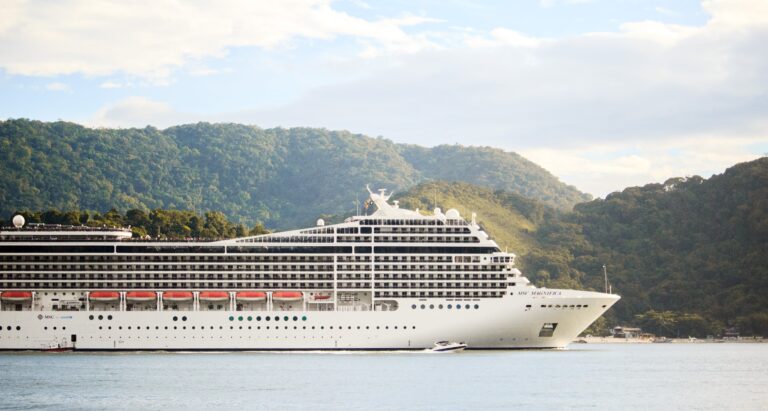America’s Lead Paint Capital

The use of lead paint in the US was banned in 1978. Most American homes built before then almost certainly contain lead. The paint spreads as dust or chips. Children who eat this can suffer cognitive impairment. The ongoing problem with lead paint is that it must go somewhere when removed. That is usually in landfill areas.
Not many people know: This is who owns America’s No.1 polluting company.
Landfill areas leak. According to the Conservation Law Foundation, “Despite state and federal regulations, landfills leach harmful chemicals into the ground and water supply.”
The cities with the largest threat of lead paint contamination tend to be the older American cities in what was once the industrial heartland. According to a new study of the presence of lead in 500 cities, the most important metrics are the ages of homes in two-decade increments, starting with pre-1940, to 1940 to 1959, and at the same intervals until the 1960 to 1979 period. The other primary metric is lead paint abatement and inspections in each city.
Cicero, IL, is the city that is most vulnerable to lead paint exposure, based on research by Paintgnome. On a scale of 1 to 100, Cicero scored 61.34. It was followed by Chicago at 61.12. The two cities are adjacent to one another. Buffalo was next at 60.24, followed by Reading, Pa. at 59.87, St Louis at 59.23, Philadelphia at 59.07, and Detroit at 58.85. Most of these cities have high poverty rates. Many have experienced a sharp drop in population since the 1960s.
Cicero has a population of 82,000 people. It shares demographics with other cities on the high lead paint list. It has a sizeable non-White population. The median household income is $64,000, about $10,000 below the national average. The poverty rate of 13.1% is above the national number as well.
More from ClimateCrisis 247
- Antarctic Melting To Flood Miami
- Tornadoes Tear Across The Midwest
- Severe Flood Watch And Damage Hits Northeast
- New York Faces Loss Of 88,000 Homes






